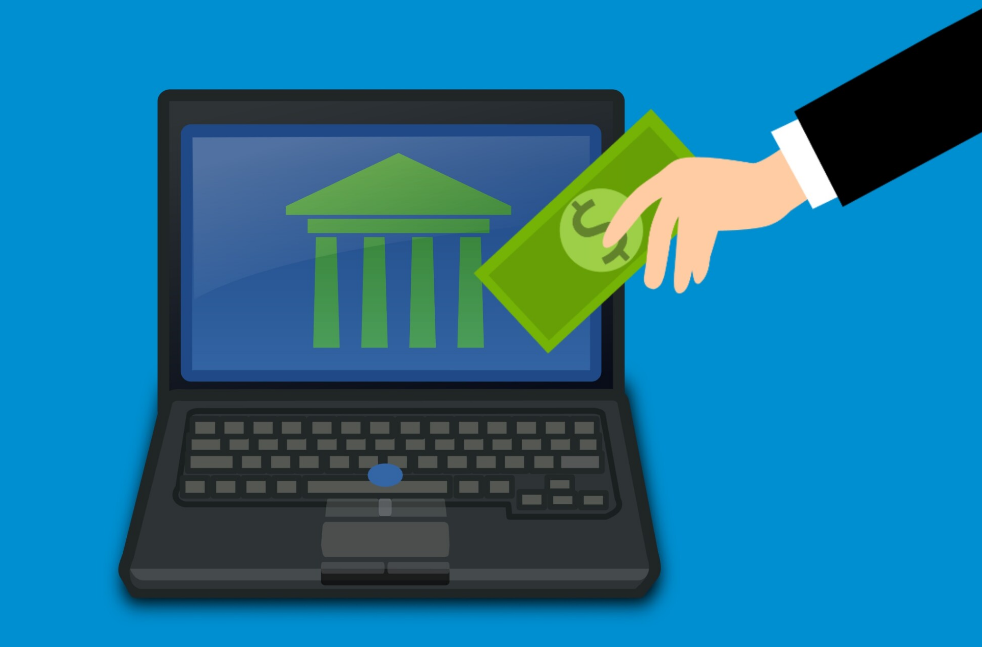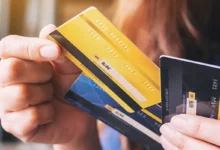
What Online Payment Method Should a New Business Offer?
More than half of consumers prefer to shop online. This is the reality of doing business today in a post-COVID world.
If you want to do business, you have to be online. That means you need to find ways to accept different methods of online payments.
Consumers want to have the convenience, security, and trust in your online payment method. If they don’t, they’ll go elsewhere for their shopping needs.
The fact is that there are many online payment methods to choose from. If you choose the wrong one, you could end up paying more in fees.
You’ll want to avoid that situation, so keep reading. You’re about to learn the best online payment methods and how to choose one for your new business.
Table of Contents
Merchant Accounts
There has to be an intermediary between your bank and the customer’s bank. That’s what a merchant account does.
A merchant account receives the payment data from the customer, collects the funds, and then deposits the funds into your account.
Consumers love this online payment method because they can pay with a credit card, debit card, or prepaid card.
Merchant accounts can be costly if you don’t pick the right merchant account provider. Some of the most common providers are WorldPay, PayPal, Square, and Chase for Business.
When you sign up for a merchant account, check to see if you’re under a lengthy contract. Also, note if there are monthly fees and per-transaction fees.
You’ll probably have to pay 3% to 5% + $.30 per transaction. Put those fees into your pricing structure to make sure you don’t lose money for taking online payments.
Bank Transfers
Bank transfers aren’t that popular in the United States, but they’re commonplace elsewhere in the world. That’s due to the different transfer standards that banks employ.
ACH (Automated Clearing House) transactions get used in the United States. European banks use SEPA, which allows banks within the European Union to transfer funds between accounts. Australia uses Direct Entry.
This is a good payment option if you’re a service-based business. Most people are comfortable doing a direct transfer, so you’ll get paid faster.
E-Wallets
Data security is a huge concern for consumers. They want to pay in a way that’s convenient for them but keeps their data safe.
That’s why e-wallet services are popular. More than 68% of consumers use e-wallets, and 81% of Millennials use them.
E-wallet services include Samsung Pay, Google Pay, Apple Pay, Amazon Pay, and PayPal. Consumers sign up for an account and save their credit card or debit card data.
They can use a browser extension on their computer that enters payment information automatically. The mobile app does the same, but it gives users the opportunity to scan and use contactless payment.
Credit card companies such as Capital One use virtual wallets. A browser extension gets installed. When users go shopping, they open the extension and log into their accounts.
The extension creates a virtual credit card number. It can get programmed to expire in a couple of days or several months for subscription payments.
It’s a unique credit card number that keeps payment information secure.
Cash on Delivery
Is your business e-commerce but serves a local area? This is often the case with coffee roasters and craft goods.
Customers order online and if your business is small, you might make the delivery yourself. It creates a personal connection with the customers and they appreciate the convenience of online ordering.
For businesses in this situation, cash on delivery is an option. That saves you the headaches of finding a merchant account and you save on fees.
How to Decide Which Payment Options to Offer
You want to give your customers as many payment options as possible, but you don’t want to make it expensive to do business, either.
You have to weigh the pros and cons of accepting different payment options. For example, accepting online payments might mean added security headaches for your business.
That increases your costs because you have to pay for SSL certificates and make sure your site is updated and maintained.
Ask your customers what they prefer.
Most are fine if you offer one or two payment options. For example, you can have PayPal as your payment processor. People are familiar with the brand and they trust it.
It also helps you accept online payments easily without much programming. All you have to do is embed some code and you’re able to accept online payments.
Look for features like technical support and software integrations. You’ll want to have something that integrates with your accounting software.
Consider the time it takes to get paid. There are some online payment methods that can take days for payments to reach your account. That disrupts your cash flow and your entire business.
Once you choose an online payment method, you can educate customers on your payment processing options. Create a branded 1Minute Media video production that makes the payment process fun. It also puts customers at ease about your payment options.
How Do Online Payment Options Work?
Online payments work pretty similarly, no matter which method you use. A customer submits payment information.
In this example, we’ll use a credit card, since that’s the most common form of transaction.
A customer enters their payment information. The information gets sent to the processor, which then relays the information to the customer’s bank.
The customer’s bank makes sure that there are enough funds in the account. The bank verifies the details to ensure it’s not a fraudulent transaction. The bank approves the transaction.
The payment also moves through the credit card network (Visa, Mastercard, etc.). They facilitate communication between the banks and charge a percentage on every transaction.
Choose the Right Online Payment Method for Your New Business
Starting a new business is exciting, but it can come to a standstill if you don’t choose the right online payment method. The methods of online payment listed here give you an idea of how you can get paid fast without a ton of fees.
Now you just need to get new customers. Check out the home page of the blog for business and marketing tips.








